Two exhibitions in London are currently displaying iconic 20th Century British textiles: After Bloomsbury, Rugs from the Omega Workshops 1913 – 1916, at Somerset House, and Designing Women: Post-War British Textiles at the Fashion and Textile Museum.
Both exhibitions, even though displaying textiles of very different eras, represent radical change and avant-garde. The collection of rug designs from the Omega workshops founded by Roger Fry in 1913 on display at Somerset House were only ever sketched out, and not realised at the time. In 2009, the rug company Christopher Farr brought the designs to life producing rugs based on the idea of the drawings.
The bold, bright and geometric designs of these rugs, and of the Omega portfolio was inspired by the era’s art movements in Europe, particularly Fauvism and Cubism, and by artists such as Picasso and Matisse.
Like the artists of the Omega workshops, female artists Lucienne Day, Marian Mahler and Jacqueline Groag were inspired by modern artists of the day including Joan MIro and Paul Klee. Elements in the still extremely popular and influential designs of Lucienne Day are reminiscent of Klee’s child-like lines and blocks of colour. The design Calyx, commissioned by Heal Fabrics, was particularly successful as a furnishing fabric, and continues to hold iconic status today.
Additionally the designs of Paule Vezelay, Mary White and Marry Warren, all have distinct identities and qualities. Vezelay’s comprise of simple, bold shapes against a dark plain background. White’s naturalistic patterns combine line and bold shape inspired by William Morris and the ‘flowers in the fields of her childhood’ (exhibition leaflet). The designs of Warren, of whom there is very little information about, are obscure and sophisticated, comprising of complex line and shape in few colours and a sense of lively movement.
The exhibition at the Fashion and Textile Museum is small but comprehensively laid out with focus on interesting aspects such as the design process followed, and various colourways produced as well as profiles of each designer – reminding us of the key part women played in re-shaping and giving life to design after the drab days of the Second World War.
We were warned on entering that the exhibition was purely about textiles and not fashion, perhaps because a fashion exhibition is more popular and draws more visitors than textiles. However, there was a focus on fashion too, as the printed fabrics were displayed as 50’s style dresses on mannequins, and also in the gallery of square silk scarves displaying a diverse array of painted and printed scarves, like the majority of textiles on display, seeming still fresh and contemporary today.
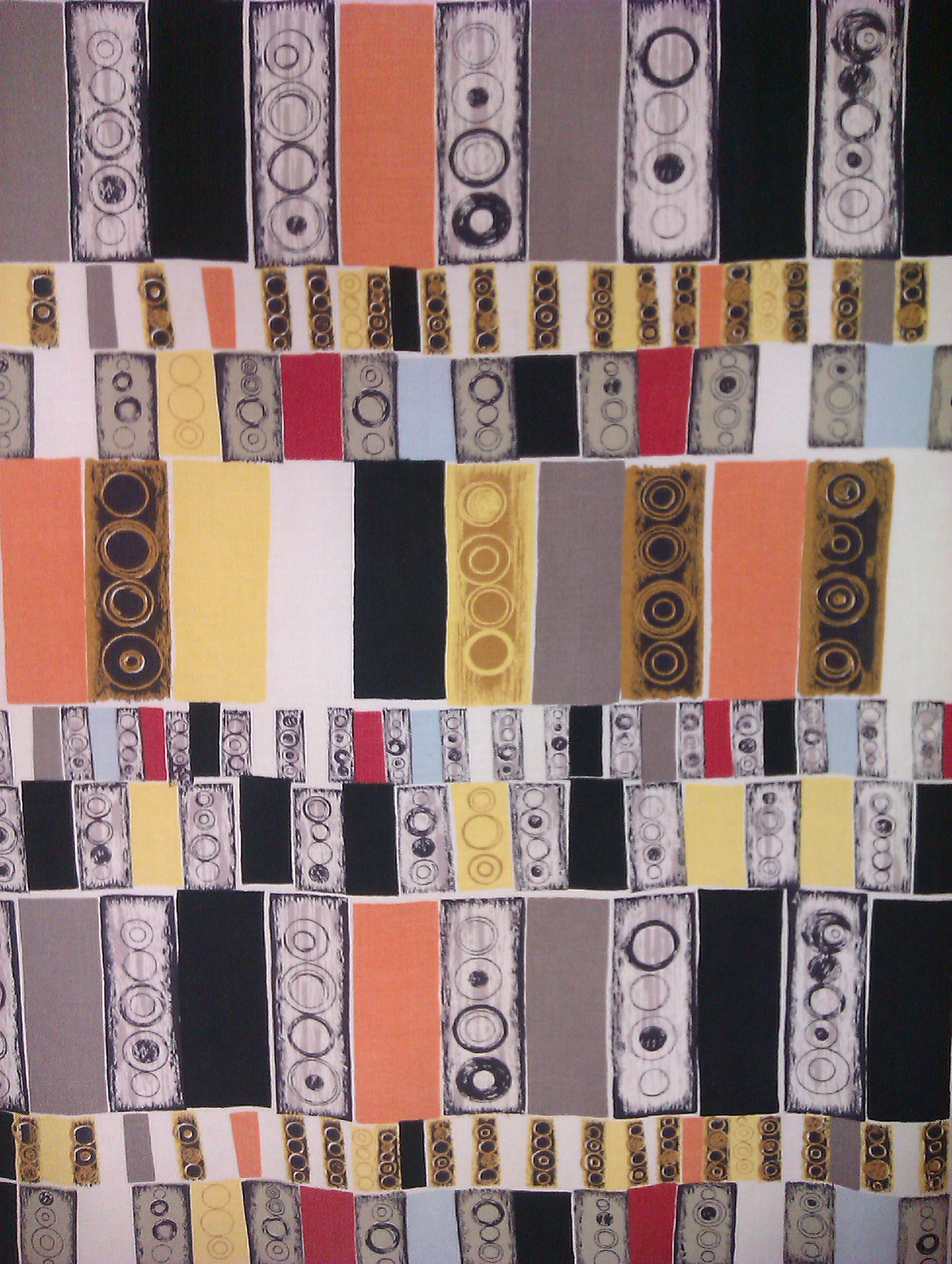





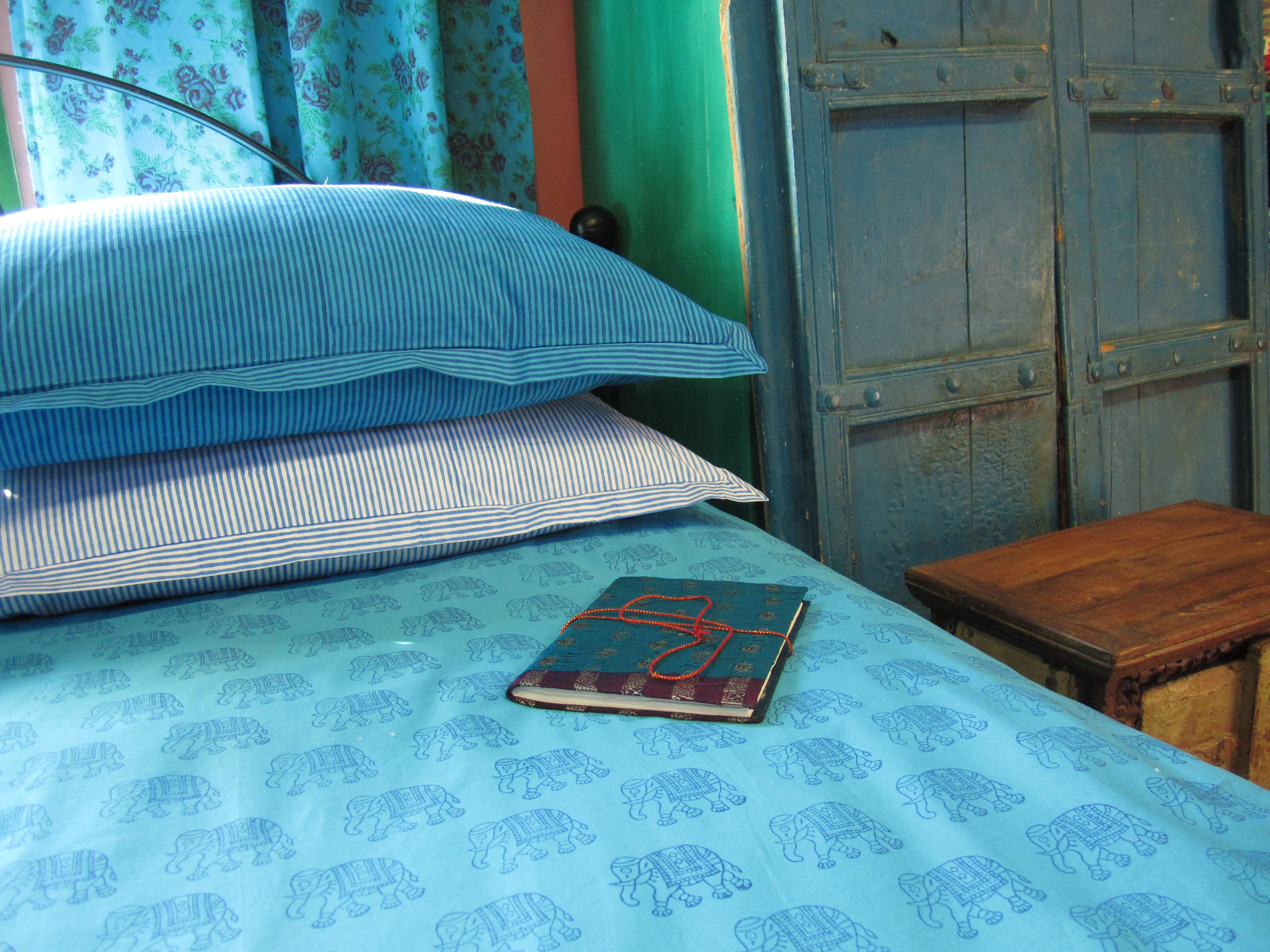
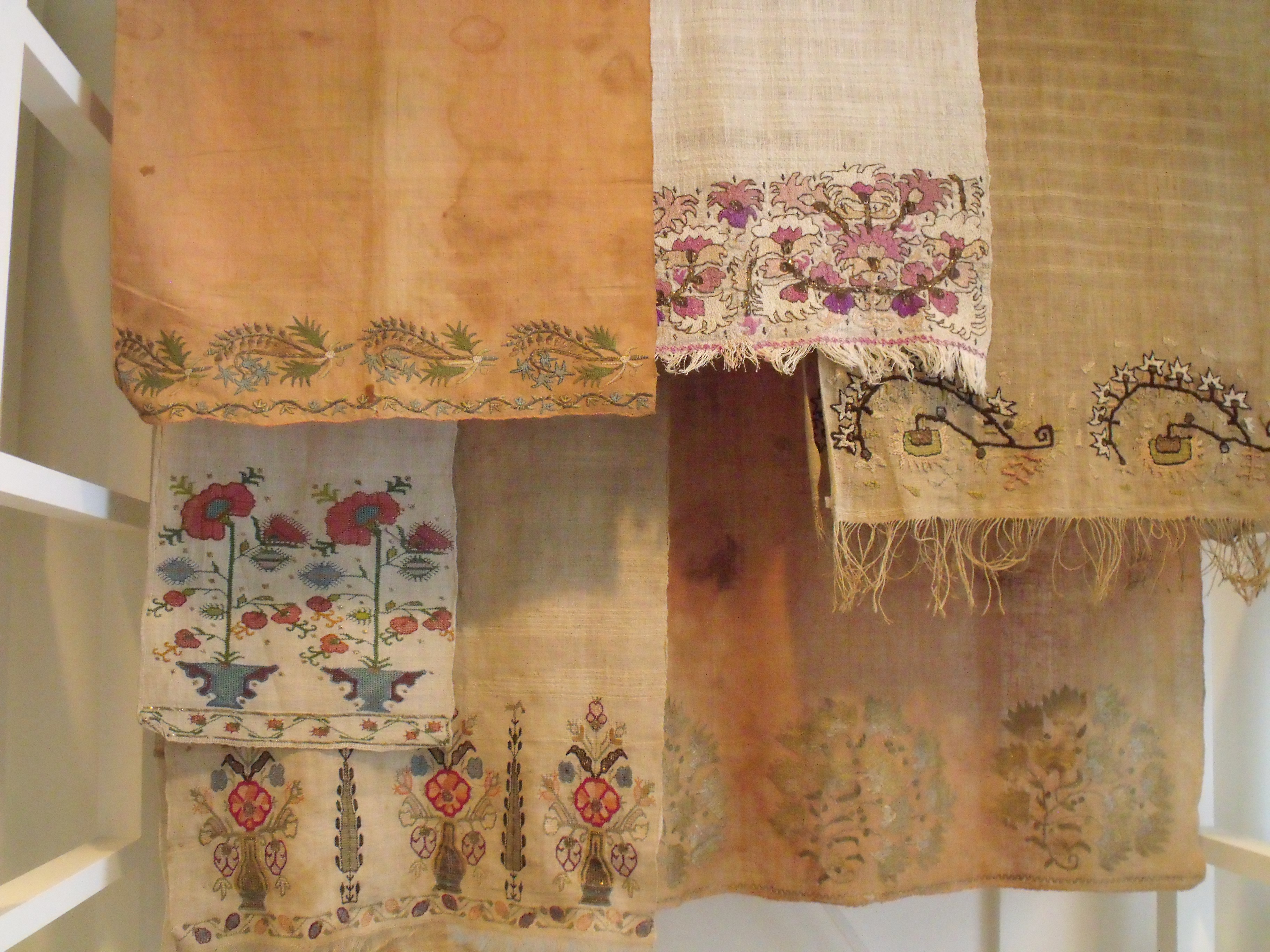

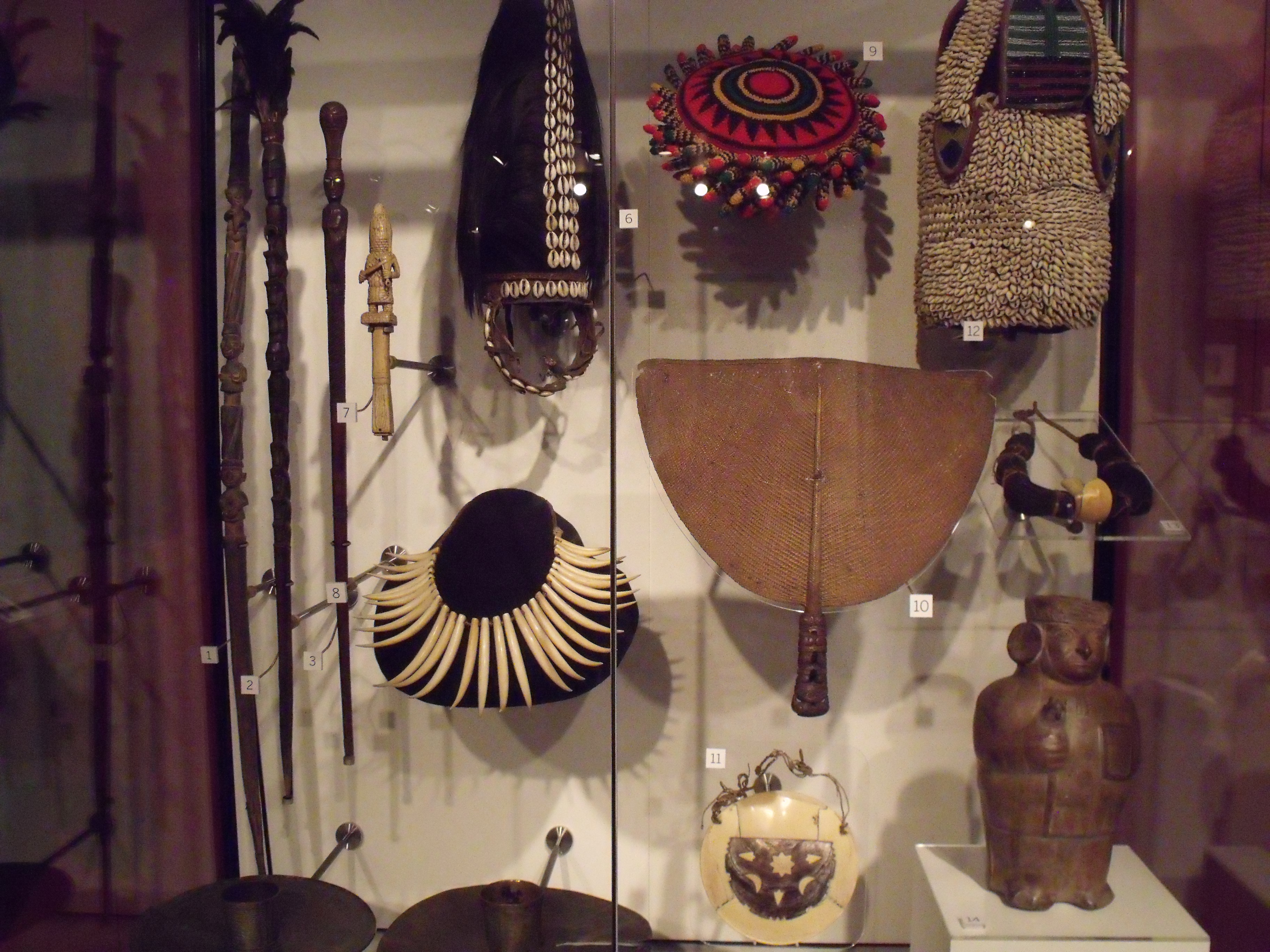
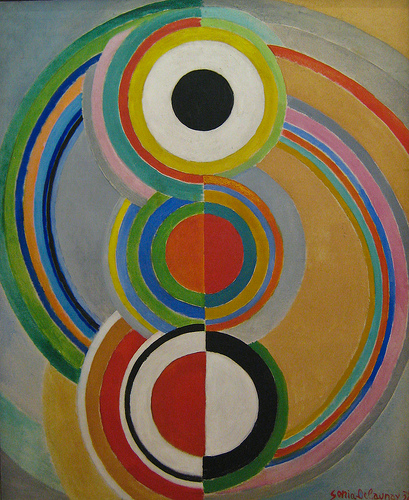
One Comment
Pingback: